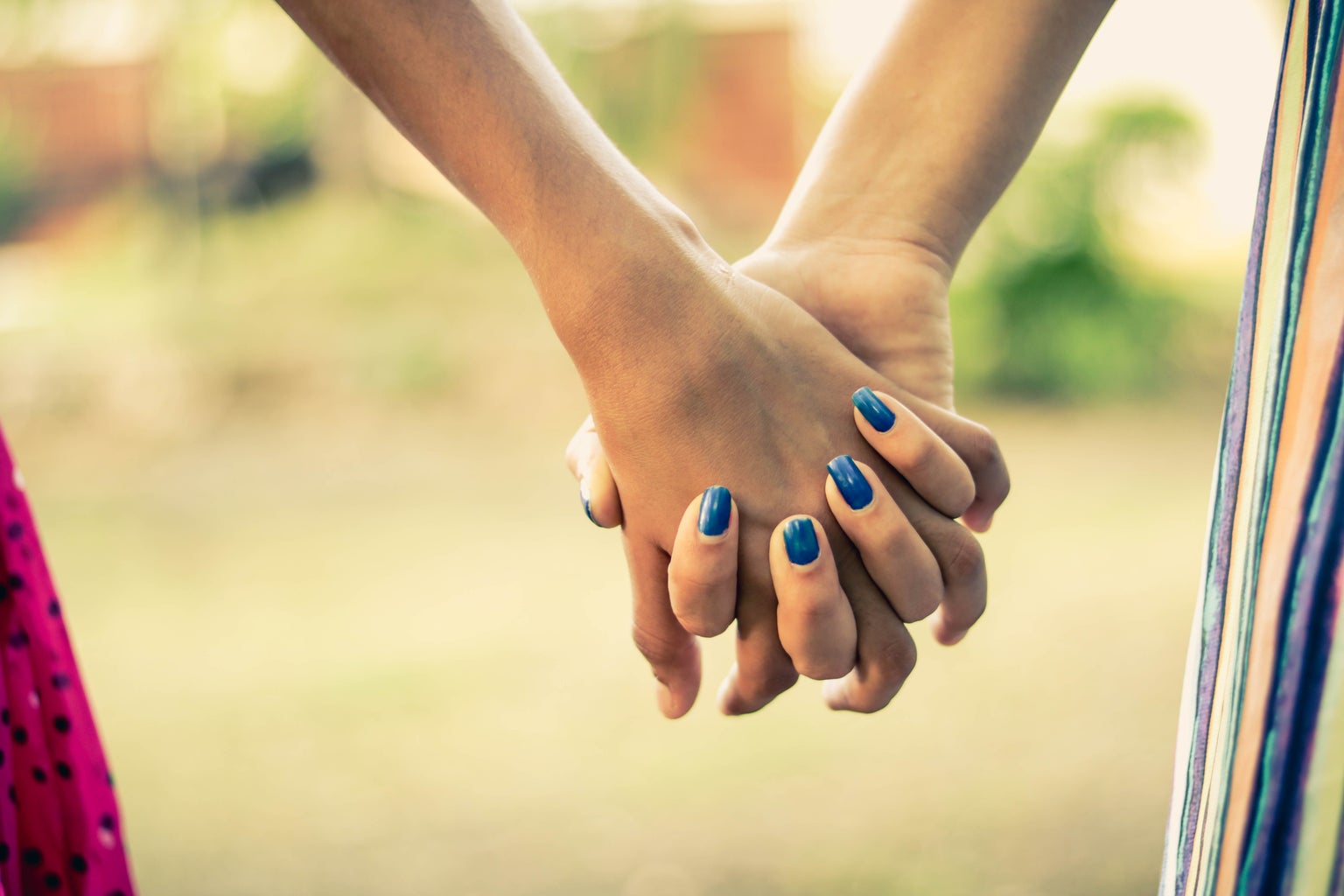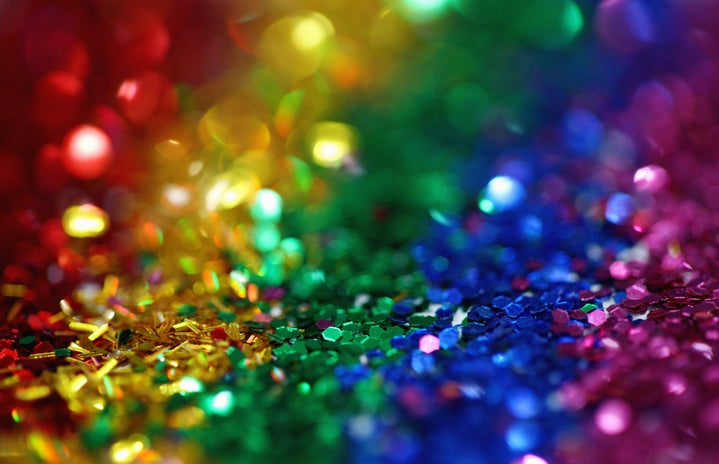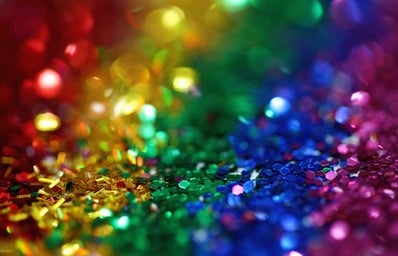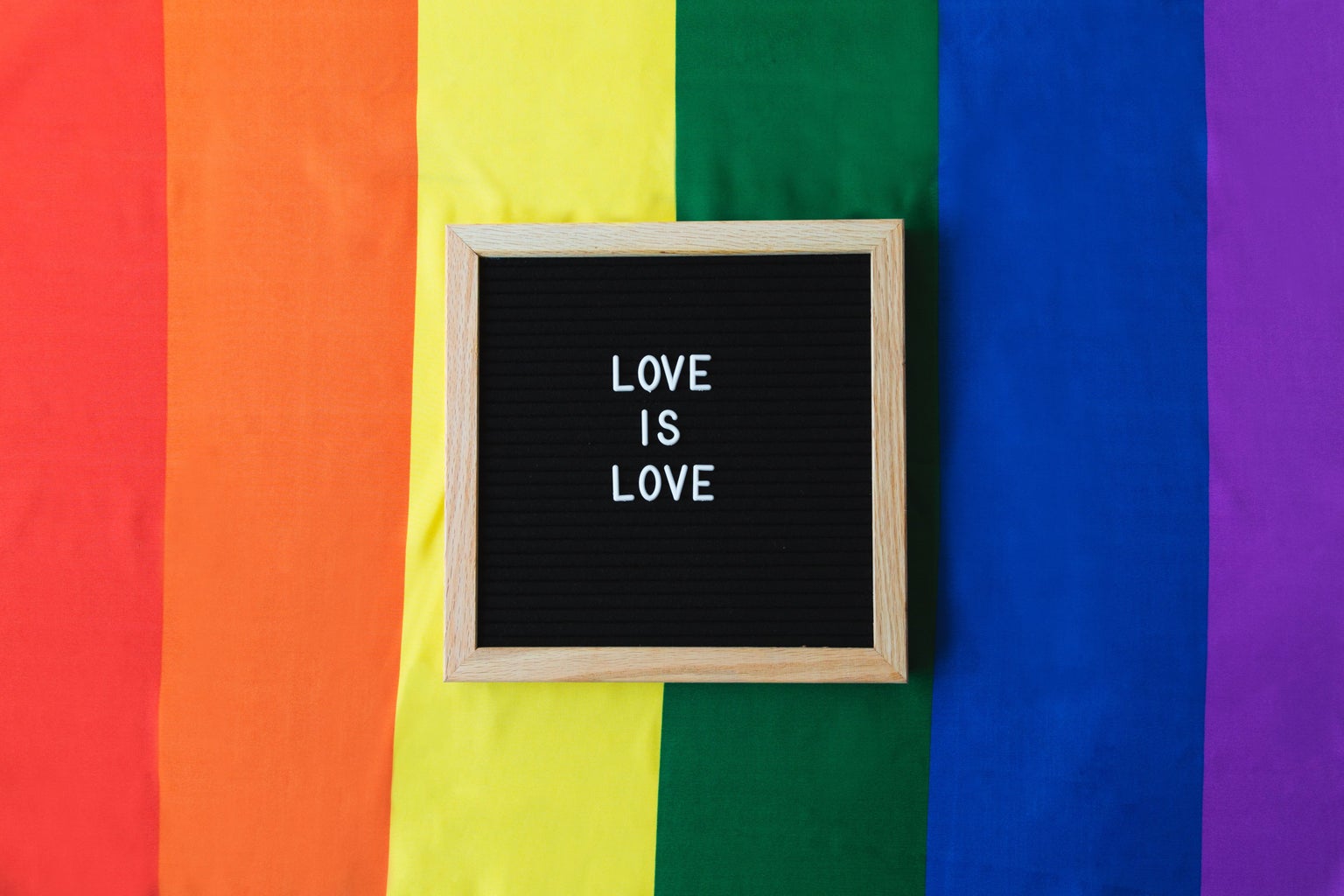Bistory (Bisexual History)
30 years ago, literary and journalistic magazine Anything That Moves published what became known as the 1990 Bisexual Manifesto, a landmark moment in bisexual history in which members of the bisexual community themselves proudly defined what their sexual orientation was actually about. In spite of this magazine being based in San Francisco, CA, and serialized only in the U.S., the manifesto had an international impact and served to defy stereotypes about bisexuals. One key point of this document is its rejection of the binary and advocacy of the fluidity of bisexuality:
“Bisexuality is a whole, fluid identity. Do not assume that bisexuality is binary or duogamous in nature: that we have ‘two’ sides or that we must be involved simultaneously with both genders to be fulfilled human beings. In fact, don’t assume that there are only two genders. Do not mistake our fluidity for confusion, irresponsibility, or an inability to commit. Do not equate promiscuity, infidelity, or unsafe sexual behavior with bisexuality. Those are human traits that cross all sexual orientations. Nothing should be assumed about anyone’s sexuality, including your own.”
Source: https://bialogue-group.tumblr.com/post/17532147836/atm1990-bisexualmanifesto
Check Your Biphobia
A few months ago I wrote an article addressing some of the myths surrounding bisexuality. Bisexual erasure and biphobia are a prevalent issue both within the LGBTQ+ community and within cis-het circles. You might be perpetuating harmful misconceptions and hateful speech if you:
- Think bisexuals choose to date someone of a different gender than theirs to have “straight privilege,” or the belief that the invisible queerness of that kind of relationship gives the person social benefits.
- Think bisexuals want to be “straight-passing.”
- Think a relationship involving a bisexual person immediately becomes “hetero/straight” or “gay/lesbian” depending on who their partner is (a relationship involving a bisexual person is queer, because bisexuals are part of the LGBTQ+ community).
- Think bisexuals get to cherry-pick which “two genders” they are attracted to (bisexuality incorporates attraction to a spectrum of genders, it is not binary or duogamous).
- Automatically assume two women in a romantic relationship are lesbians, two men in a romantic relationship are gay, and a woman and a man in a romantic relationship are heterosexual.
- Think bisexuals “switch orientations” depending on who they’re dating at the moment.
- Are a lesbian who shames bisexual women for their attraction to men, or a gay man who shames bisexual men for their attraction to women.
- Refuse to date a bisexual person based on their sexuality and myths about infidelity.
- Think bisexual = polyamorous (monogamy and polyamory are behaviours, not orientations).
- Think “bisexual lesbians” are a real thing (it’s not. Those two terms are oxymoronic and cannot be paired together ever. Doing so is both biphobic and lesbophobic because it invalidates both orientations).
From now on, be more conscious of the language you use in daily conversation, and speak out in defense of bisexuals when you encounter an act of biphobia.

We’re All In This Together: Bi/Pan Solidarity
In addition, pansexuals, too, often face the same prejudices as bisexuals, on top of their own pansexual-specific problems. Pansexuality and bisexuality are similar yet individual sexual orientations, and they are both valid. Bisexuality and pansexuality are set apart from other monosexualities like heterosexuality and homosexuality because of the quality of being fluid: members of both orientations experience attraction to all genders, in different ways and to different degrees. There is no single “standard” model for pansexuals or bisexuals; rather, individual members of these communities embody a wide, rich arrange of voices and experiences. I interviewed some of them to really put into perspective the diversity within these communities:
Names marked with an asterisk (*) have been changed for privacy reasons.
Emma*, a 20-year-old and potentially agender bisexual, shares: “I find myself mostly equally attracted to all genders, but I think I’m more picky with men than I am with women and non-binary people. I don’t feel like my attraction is any ‘different’ with regards to different genders, but the way I act on it is.”
Melanie, a 21-year-old cis woman, shares that, even though she is bisexual, she is “mostly into girls.”
Alice, 23 and cis, explains that her bisexuality manifests in attraction to gender fluidity: “My attractions vary a lot to be honest. I would not say that I have a preference per se. I’m very attracted to androgyny, a sort of in-between indeterminate liminal space in the gender spectrum. This makes it very hard to define a percentage, or say that I’m more attracted to men-aligned people than women-aligned people. What attracts me in people is the idea of fluidity, not being bound by a specific gender so when asked I usually answer that I do not have a preference.”
Judy, also 23 and cis, says: “I am a bisexual woman but I personally prefer seeking out women and non-binary people as partners. I am unable to fantasize about being with a man unless I am in a relationship with one, and I consider myself more attracted to a wider range of non-men. For example, walking down the street, I would be attracted to and can imagine myself with non-men who I find attractive, but I have a hard time imagining myself dating most men, even if I do find them attractive.”
Liz, a 27-year-old gender-non-conforming pansexual, comments, “I find women-aligned and non-binary people more attractive than men-aligned people. Sex is not a thing for me right now so emotional attraction is all I’m gauging right now,” reminding everyone that attraction does not necessarily have to be sexual, but includes an emotional connection.
El, 19, cis, and bisexual, says: “I overall feel attraction for women-aligned people more often than men-aligned people. To give a percentage, I would say maybe 60 to 70% of the time, this is the case.”
Luna*, 22 and cis, remarks that her bisexual experience involves “having times where I’m more inclined to one side or the other (i.e. my gender or female-aligned vs different gender or male-aligned/non-binary-or-otherwise-aligned), but for the most part, I feel attracted to both a similar amount. The feeling for each, though, is kind of different, but I guess that refers more to my personal experience than the preference itself.”
Chen*, a 22-year-old woman, says they identify as both pansexual and bisexual depending on the context: “I definitely find myself more attracted to androgyny, as well as more masculine-presenting women and men who embrace their femininity. I’ve dated people across the gender spectrum and I find that I am less drawn to hyper-masculinity, because I find it incredibly unrelatable to the way I move through life. I tend to notice men (cis and trans) more and have a more immediate attraction to them, while my attraction to women (cis, trans, femmes and butches) grows as I get to know them. Of course, I am most attracted to someone’s personality regardless of gender. The identities of people I’ve been attracted to has drastically changed since I was younger. I grew up as an Asian woman in quite a white context where whiteness was valued, so as a young teen I grew to want cis white men. As I’ve worked through my own identity and gotten involved in social justice work, this has changed a lot and the people and qualities I used to find attractive, I do not anymore. Being a person of colour is a core part of who I am and I value partners who can share that.”
Kela, 22, cis, and bisexual, shares: “For me, physical attraction is usually bound to the spiritual and intellectual connection I have with the person themselves. This means that, even if I consider someone ‘attractive’ in physical terms, I only want to engage in sexual activities with that person if I also feel emotionally, spiritually, and intellectually attached to them. This happens to me with both men and women, but I would say that even though I have only been in two relationships (both with men) I have a tendency to like girls more. It’s easier for me to find a woman attractive than it is men, and certainly I get aroused way faster while thinking about women than about men. Talking about love, I am able to be in love with both in the same way.”
Both Kela and Alice also had comments to offer about bisexual erasure and compulsory heterosexuality:
K: “I have had the privilege of not being discriminated in any way throughout all my life (based on sexuality), mostly because I think being a cis woman with only male partners has done the job of keeping my bisexuality hidden, but as of lately it has become extremely important to me to make my sexual preferences about women really obvious for everyone else. I believe it’s because being ‘in the closet’ has taken time and energy from me, and realizing who I am and that what I like and prefer is completely normal (and sacred!!!) has given me the courage to yell here, there, and everywhere how gorgeous I think us as women are and that I’d be honoured to be the wife of a woman (all of this is female-focused due to me being raised as a ‘straight’ woman while ‘forced’ to believe my destiny was only bound to a male). I´m really happy to be who I am and to be brave enough to acknowledge my feelings and desires for other people.”
A: “Some might say that I do have a preference for men-aligned people because I’ve been with them more than with women-aligned humans. To those people, my only answer is ‘kindly f— off far away from me.’ In my experience (and this is my experience only of course), I find it more difficult to find and meet bisexual and pansexual women-aligned people, while there are so many straight cis men that it’s just easier to find them (it’s impossible to not actually). But I don’t have a preference because I’m attracted to gender fluidity.”
As for myself, I am 22, potentially non-binary (still figuring that out lol!), and bisexual. I have openly identified as bisexual since I was 14. Currently, I am very happily dating a woman, but I have had boyfriends in the past, too. In terms of preferences, I do think I lean more towards women-aligned and non-binary people, but that does not mean I don’t like men-aligned people; however, I’m not attracted to masculinity in men at all. I like almost all kinds of women and enbies, but only pretty men.
Once again, thank you to everyone that participated in this survey and I hope this article has been informative.


